Here are my settings for using the Canon 6D Mark II. You can adjust these to suit your needs but this is what I find works best for me. These settings can also change depending if you’re shooting indoors or outdoors.
- Choose jpeg for minimal editing. Else, choose RAW if you want more control in post-production.
- Select Av (aperture priority). Choose a wide aperture (f/1.2 – f/4) if you want to blur the background.
- Choose AUTO ISO for faster shooting. But if you prefer to go manual, select an ISO around 200-1600.
- Aim to have at least a shutter speed of 1/50 if you’re shooting stationary subjects. Use faster shutter speeds if you’re shooting moving subjects or when you’re outdoors.
- If you’re shooting in manual mode and jpeg, select Neutral or Portrait picture style.
- Select AWB or Auto White Balance.
- Auto lighting optimizer: I usually set it to OFF.
- Set the metering to Evaluative.
- Set the drive to Single shooting
- Select a single focus point and focus on your subject’s eye.
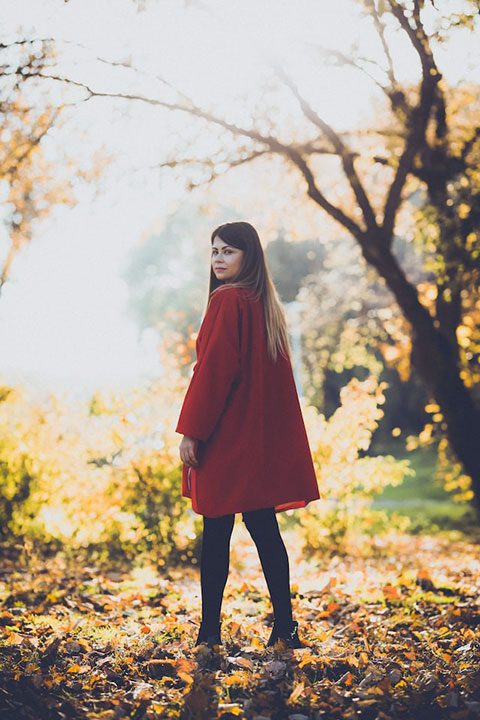
Again, you can easily change some of these settings if you prefer to shoot in a different way. It’s all about what works best for you and your style of photography.
Generally, I love to shoot fast and focus on my subject rather than fiddling with my camera’s settings, that’s why I mostly use AUTO ISO and Av mode.
Is Canon 6D Mark II good for portraits?
If you like to shoot portraits then I would certainly recommend the Canon 6D mark II. It’s easy to use and has great autofocus whilst being fairly light compared to other full-frame DSLRs. It is not a mirrorless camera, but it has a lot of advanced features that can be useful for all types of photography.
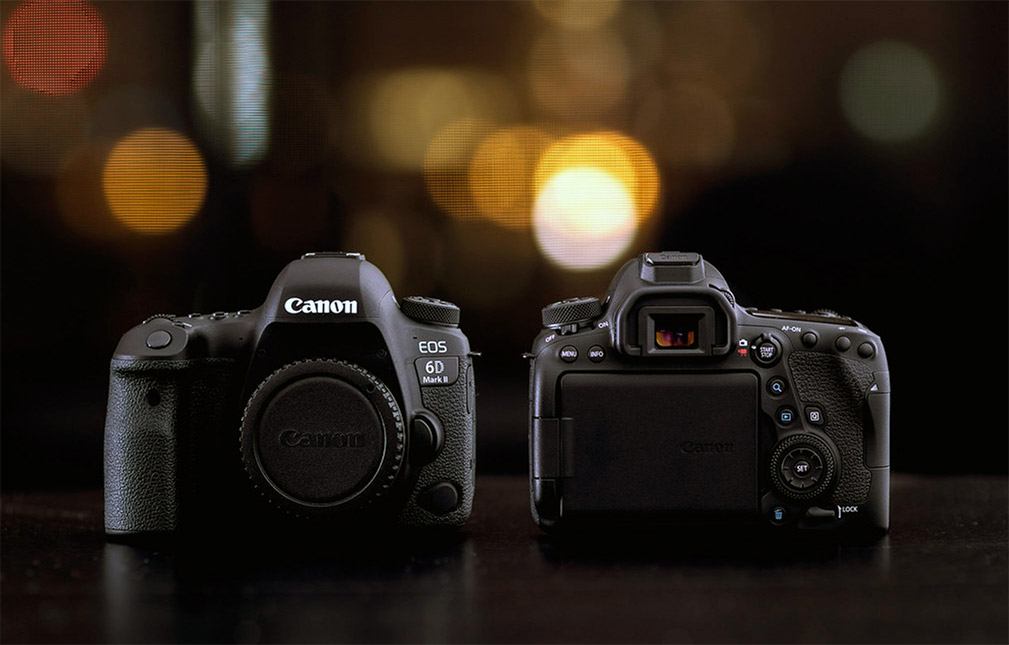
The image quality is superb, especially at high ISO settings. I’ve been getting some great results with it for portraits. And I’m really glad that I’ve taken the jump. I had this camera since its release in 2017 and I’m very happy with it.
For me, the biggest question in choosing a new camera body was whether it could replace my Canon 5D Mark II and Canon EOS 6D for portrait work. The former has some serious limitations when it comes to portraiture. It is noisy at high ISOs.
While the Canon 6D is fantastic at higher ISOs, I find its autofocus system inadequate for my needs. The main problem with this older Canon 6D can be found in its outer focus points.
They are slow, sluggish, and inaccurate. Although I shoot with the center AF point 99% of the time, I still need the outer points to work properly.
I don’t want to miss any shots because the camera can’t lock focus on my subject. Fortunately, Canon fixed this issue on the 6D Mark II. Not only the outer AF points are surprisingly fast and accurate, but they also integrated a new AF system and more AF points.
Overall, the Canon 6D Mark II is an excellent camera for both portrait and general photography, especially if you love shooting in low-light conditions. If you’re looking for a full-frame DSLR that can perform well in any situation then I would definitely recommend the Canon 6D Mark II.
Portrait Lenses for Canon 6D Mark II
For portrait photography, I typically use a telephoto lens with a focal length of 85mm. This allows me to separate my subject from the background and create some beautiful bokeh (background blur).
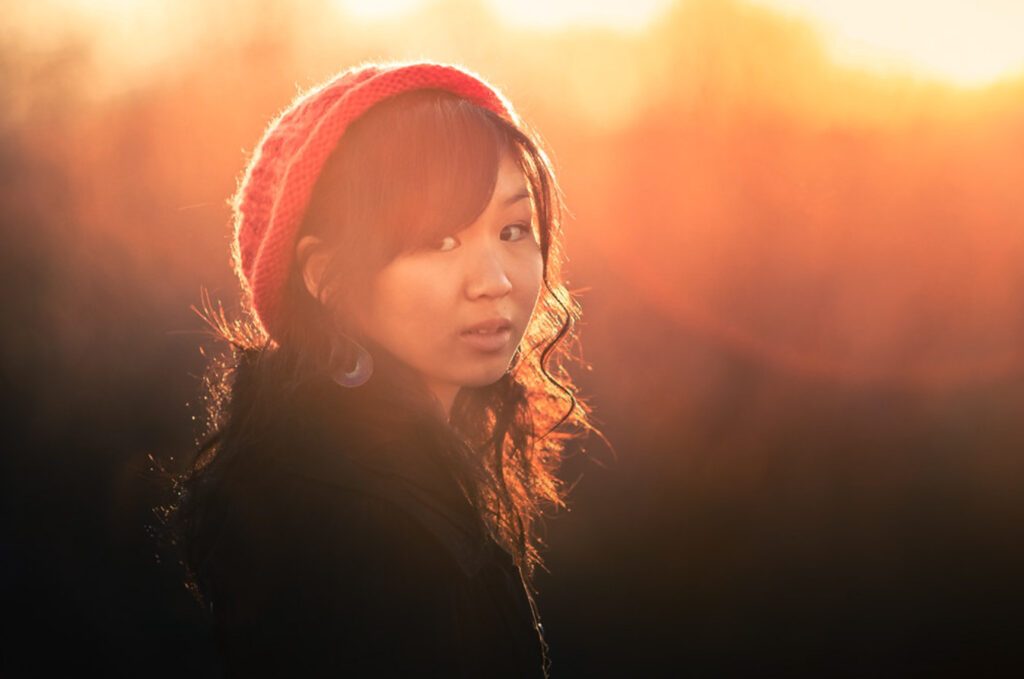
But it doesn’t mean that I always shoot with an 85mm lens. I tend to experiment with different lenses and focal lengths to find the perfect look. For example, an 85mm f/1.2 lens is great for creating a very shallow depth of field.
A 35mm wide-angle lens can be used for environmental portraits where you want to capture more than just your subject.
When choosing a portrait lens for your Canon 6D Mark II you should consider the following:
- What’s my budget?
- How much weight do I want to carry around in my bag?
- Is this lens compatible with my camera body?
- What focal length do I need?
- Are there any specific features that will help me get better portraits?
We have created an article about the best portrait lenses for Canon EOS 5D Mark II and these lenses will definitely work even better on the Canon 6D Mark II.
Below, I’ve listed some of the best portrait lenses for the Canon 6D Mark II that I’ve used over the years.
Affordable options
- Canon EF 85mm f/1.8 USM – a must-have for beginners!
- Canon EF 50mm f/1.8 STM – great starter lens!
- Canon EF 50mm f/1.4 USM
- Canon EF 35mm f/2 IS USM
- Yongnuo YN35mm f/2 – cheap Chinese lens!
- Yongnuo YN50mm f/1.8
- Tamron 45mm f/1.8
If you’re looking for a budget-friendly lens then I would recommend checking out the Canon EF 85mm f/1.8 USM or the nifty fifty Canon EF 50mm f/1.8 STM.

These lenses have a fast f/1.8 aperture which allows you to blur out backgrounds and create a shallow depth of field in your images (great for portraits). They’re also small and lightweight so they won’t weigh down your bag too much when traveling around town with them.
Please also read our Canon lenses for portraits on a budget.
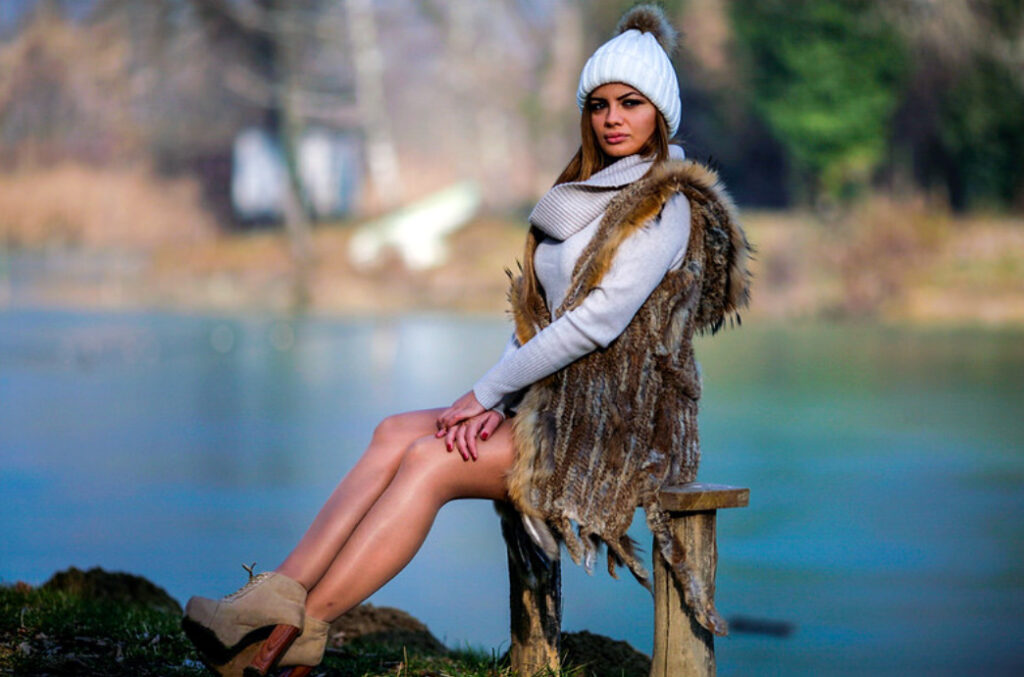
High-end options
- Canon EF 85mm f/1.2 L II – my personal favorite!
- Canon EF 85mm f/1.4 L IS USM
- Canon 50mm f/1.2 L
- Canon 135mm f/2 L
- Sigma Art 35mm f/1.4 – my favorite 35mm!
- Sigma Art 85mm f/1.4
These lenses will give you better image quality, better wide open performance, and more flexibility when it comes to shooting in low light than their less expensive counterparts. However, they’re also heavier, larger, and more expensive.
If you’re a professional photographer who shoots a lot of portraits then you might want to consider investing in one or two of these lenses.
However, if you’re just starting out or don’t plan on shooting professionally then the non-L version will suffice. But please, don’t underestimate the power of GAS! It’s a blessing and a curse!
What ISO should I use for portraits?
When shooting outdoors I often use an ISO between 100-400. I try to keep it as low as possible so that I can get the best image quality possible and don’t get too much grain in my images.
However, if you’re shooting indoors, then it may be necessary to raise the ISO up to 800 or even 1600. If you want to shoot with a higher ISO then make sure that your camera can handle such and can still produce usable photos.
Fortunately, 6D Mark II’s high ISO performance is superb, so you don’t have to worry too much about noise when using higher ISOs.
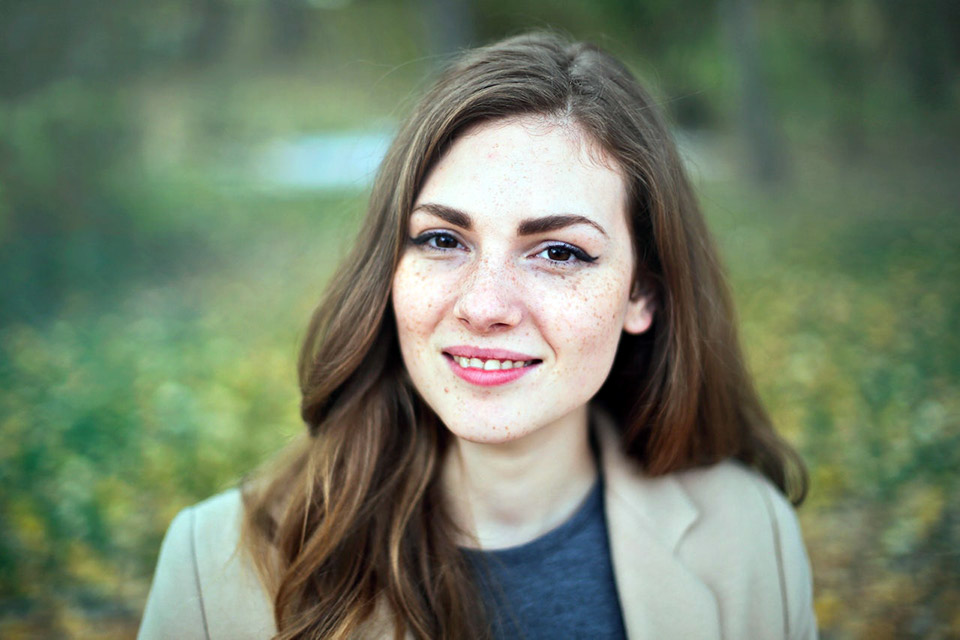
What f-stop to use for portraits?
I’m a fan of using prime lenses with fast apertures such as f/1.2, f/1.4, and f/2. I love how they can create beautiful, creamy bokeh while keeping my subject razor-sharp.
For portraits, these apertures are considered best for creating a shallow depth of field, which can make your subject pop out from the background.
What shutter speed is best for portraits?
As long as your subject is not moving and your hands are steady, you can definitely use a shutter speed around 1/50th of a second. But generally, you should use a faster shutter speed, 1/100th or faster, to produce sharp photos and avoid camera shake.
What is the best focus mode for portraits?
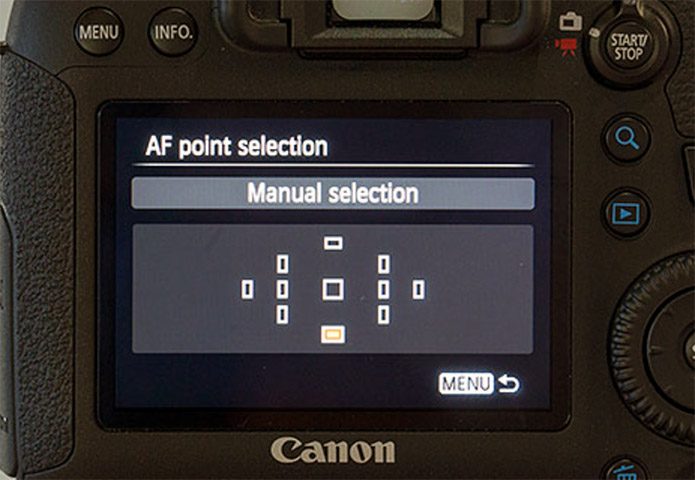
Single focus point is best for portraits. You can focus on your subject’s eyes and then lock the focus by pressing and holding the shutter button halfway down. You can also manually select a specific area of the frame for your camera to focus on.
If you want to focus on a specific part of your subject’s body, such as their face or hands, then use single focus point mode instead of automatic focus.
And as we’ve talked about earlier, the outer focus points of the Canon 6D Mark II are quite accurate and snappy, so you don’t need to recompose that often.
Is 50mm or 85mm better for portraits?
Both lenses are great for portraiture and for shooting weddings. 85mm can be more flattering because it gives you a little more distance from the subject.
This focal length has little to no distortion. It’s great for headshots and tight portraits. Also, the compression that you can get from this focal length is quite pleasing to the eye.
On the other hand, 50mm is a good all-around lens, which means you can use it for portraits, landscapes, and street photography. The compression isn’t as dramatic as with 85mm, but still pleasing.
This focal length is great if you’re shooting in tight spaces. You can easily take full-body portraits with it without moving too far from your subjects.
Final thoughts
These portrait settings are just a starting point; you should experiment with them to find the best settings for your camera and subject. However, these are some of the most common portrait settings that can help you get great images.
The Canon 6D Mark II is still a great camera for portraits even today, and the images it produces are just as beautiful and sharp as they were when it was released.
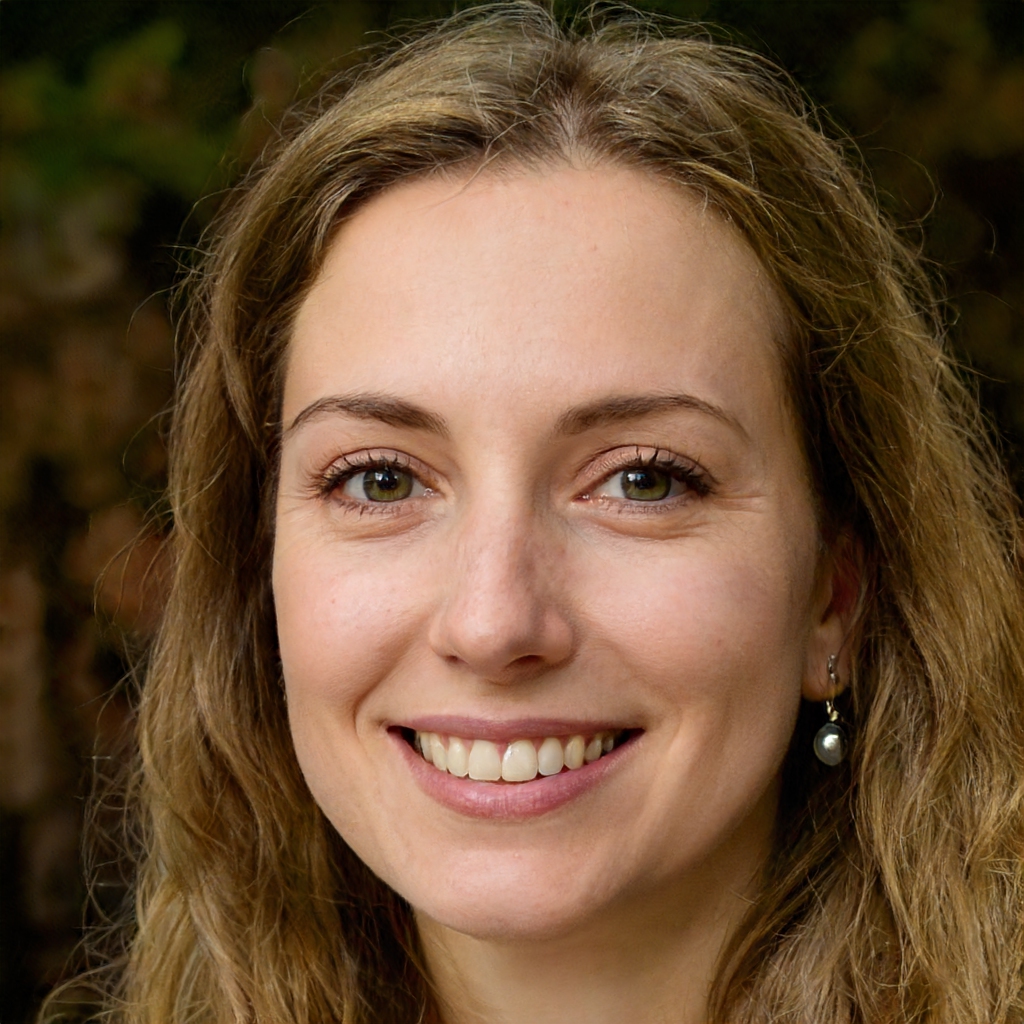
Emma Lucy is the Founder & CEO of Emma Lucy Photography. She has over a decade of experience shooting weddings and other intimate events. She also tests the latest digital camera bodies, lenses, analog cameras, and other gear from Canon, Nikon, Sony, and other camera brands. She is From London and currently lives in the United States of America, where she spends most of her time as a self-employed professional photographer and writer.
